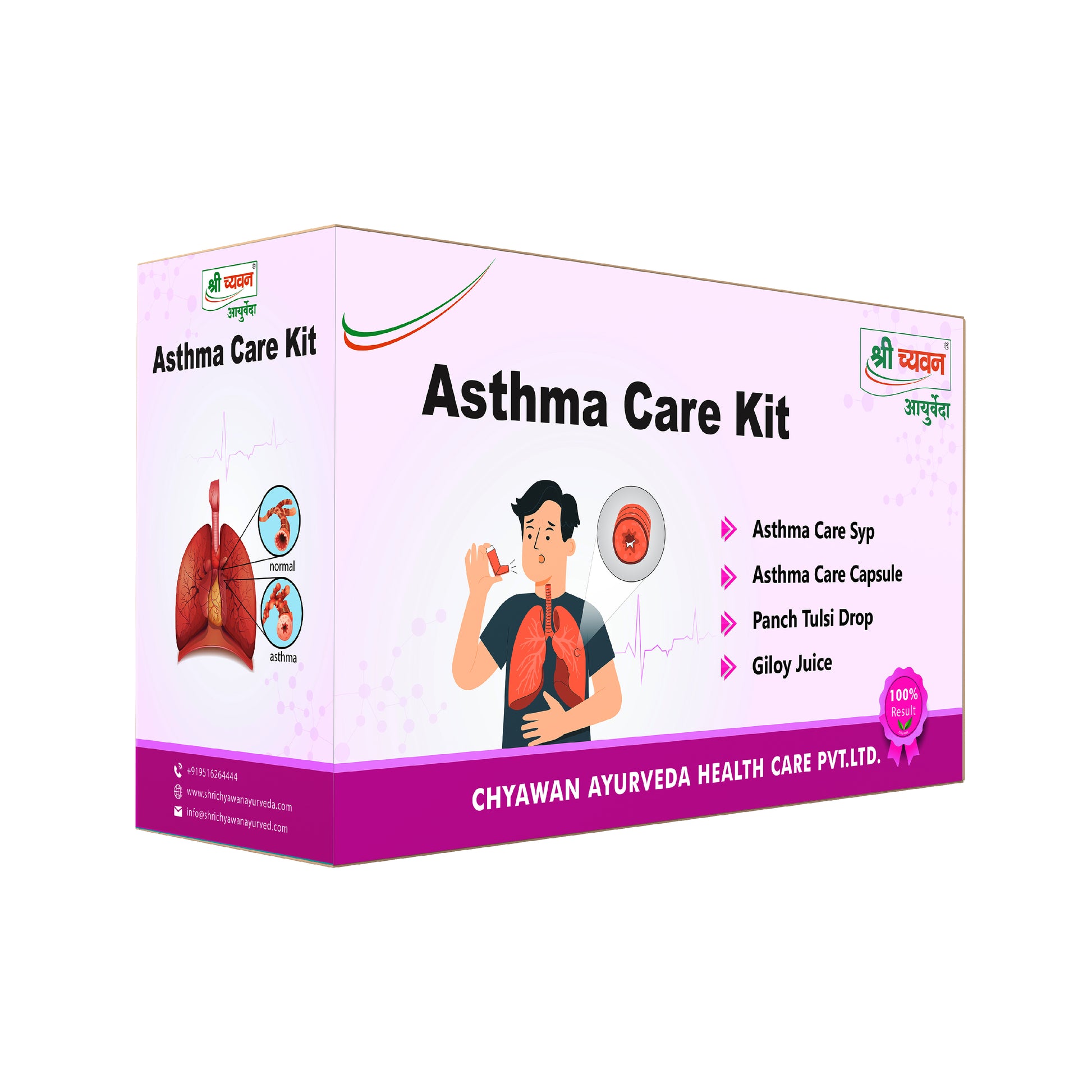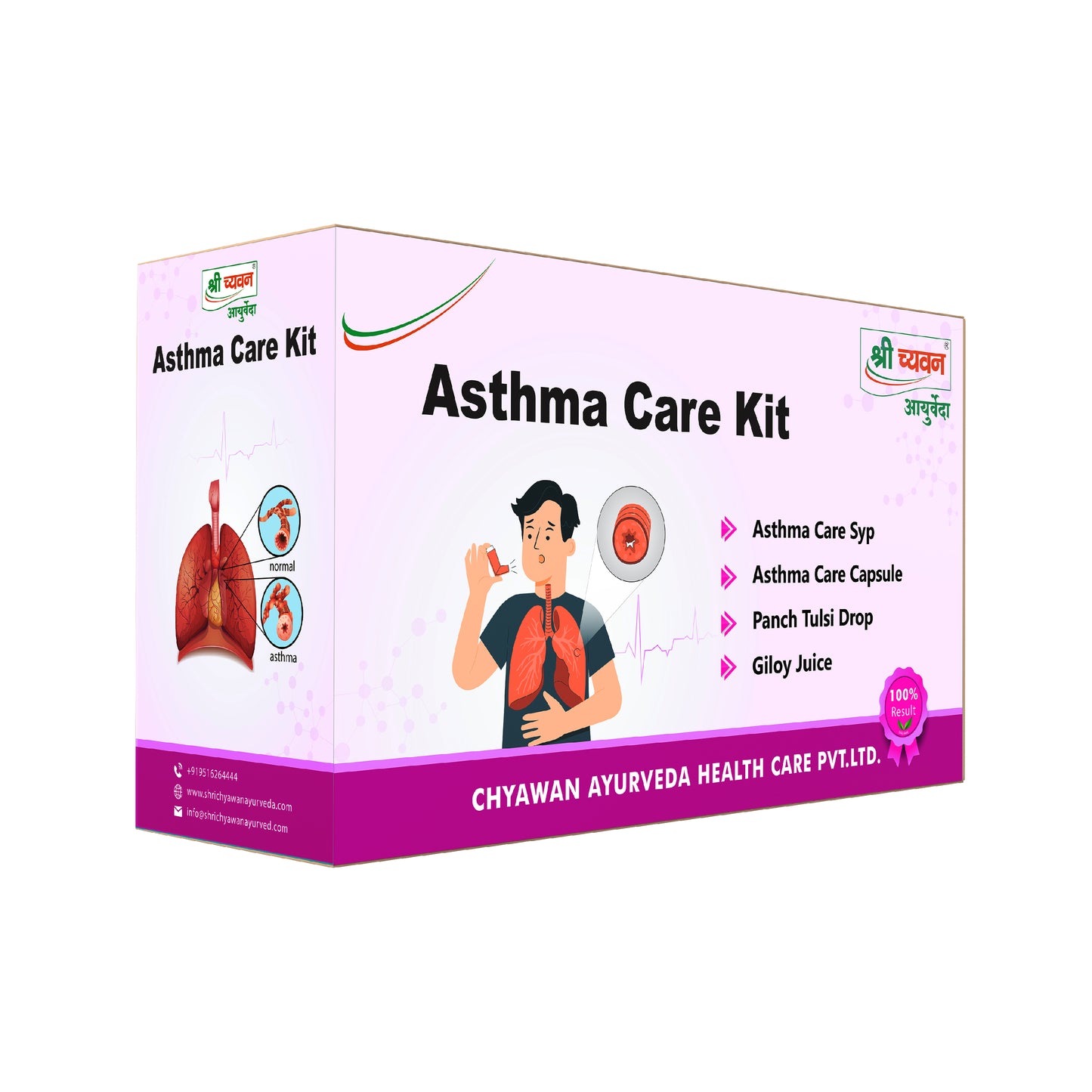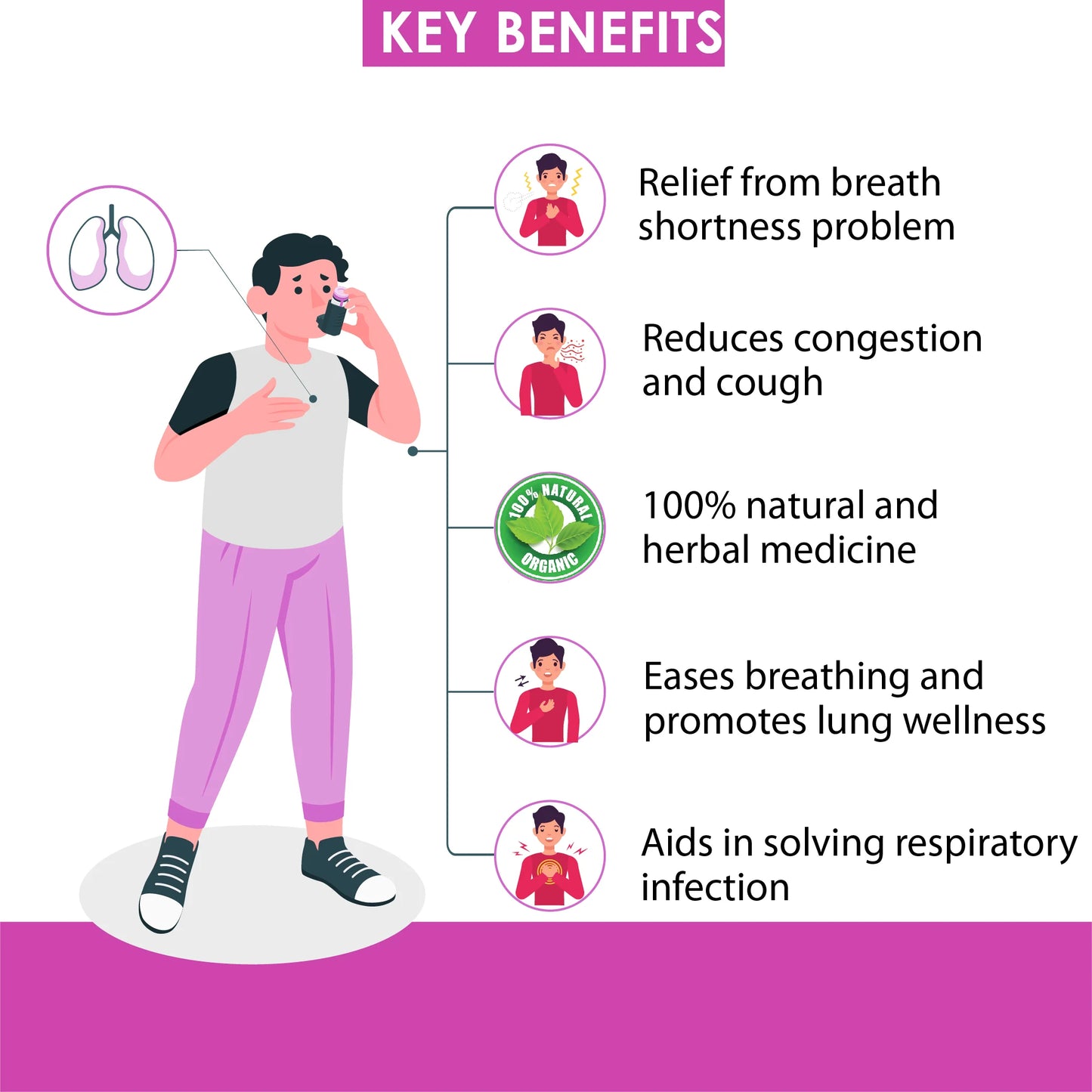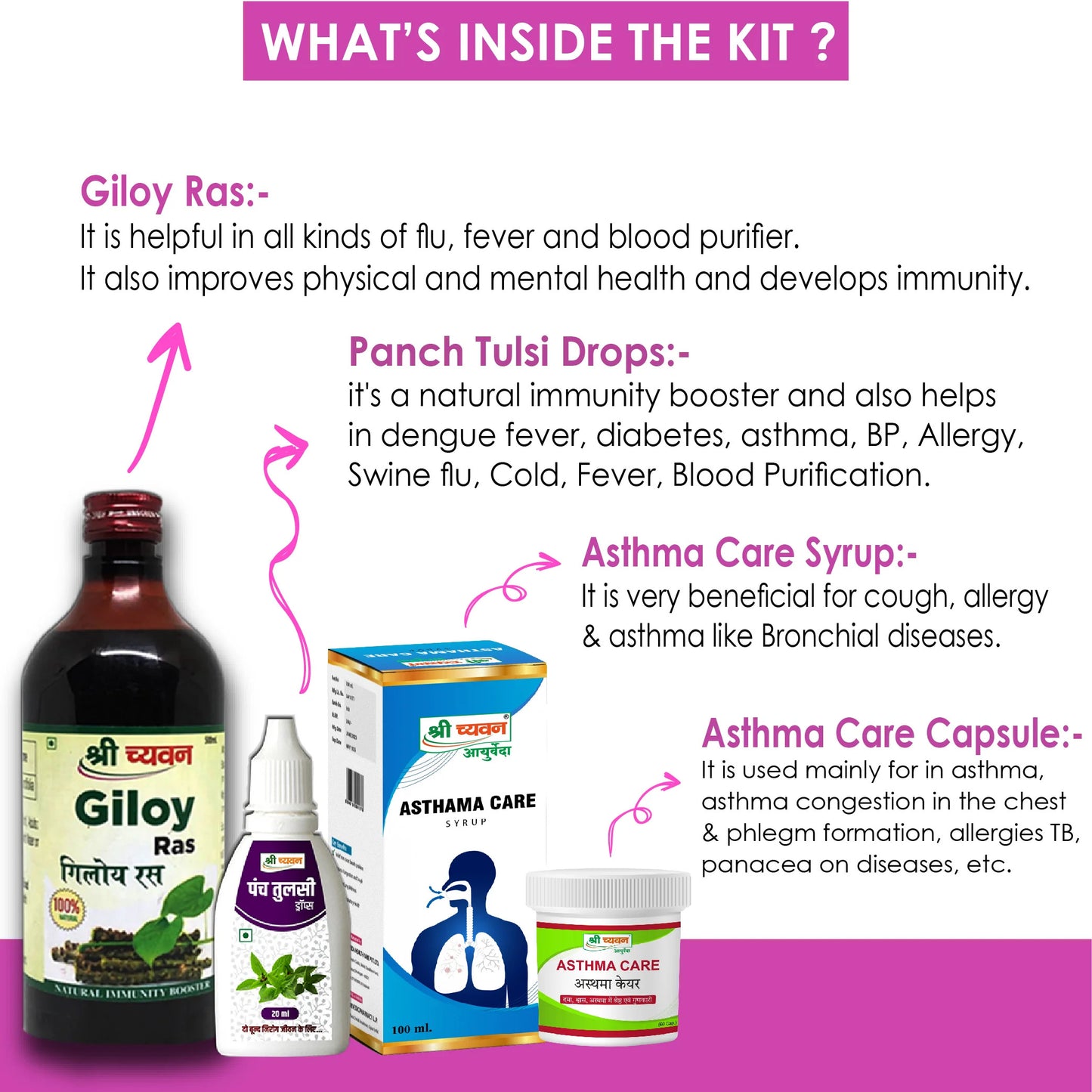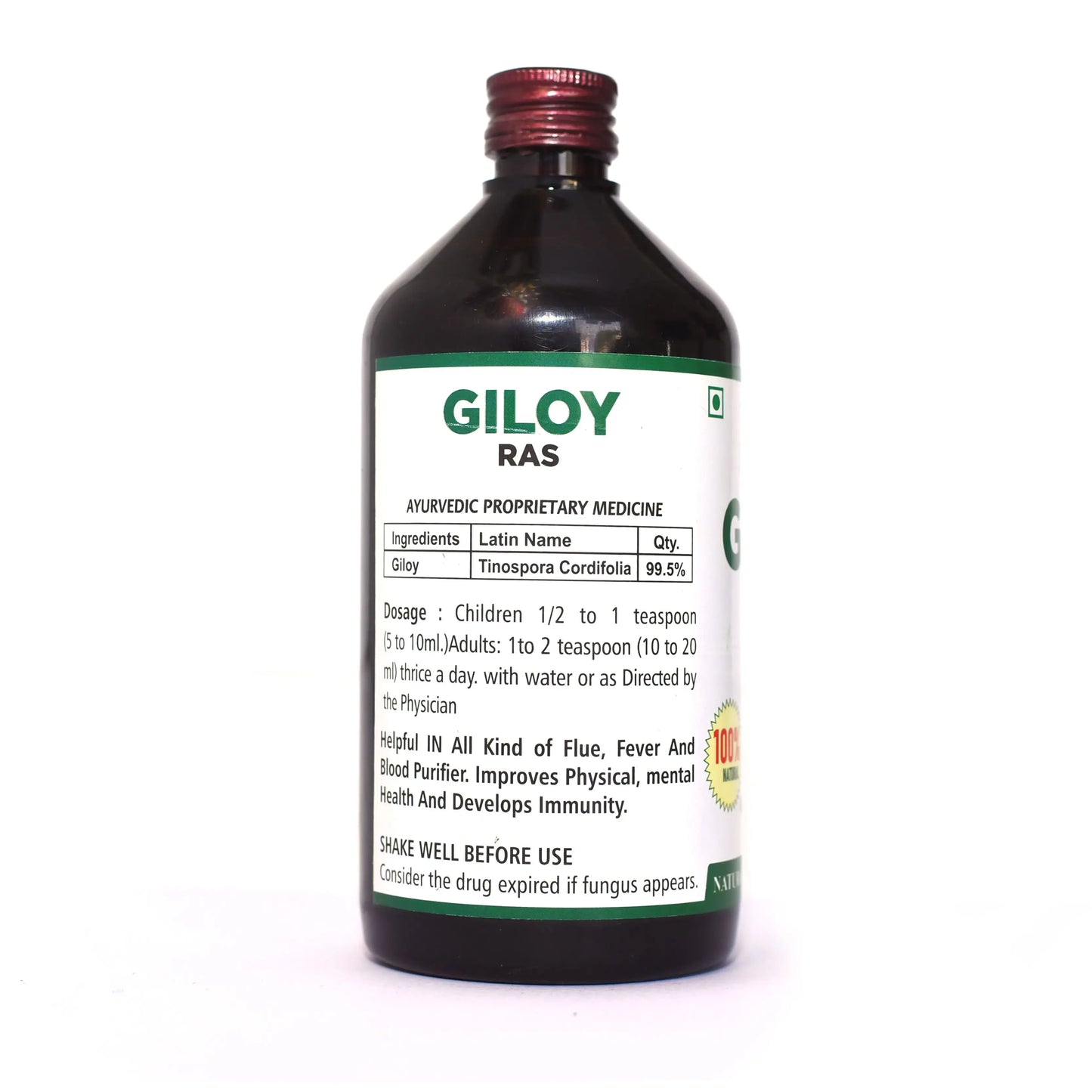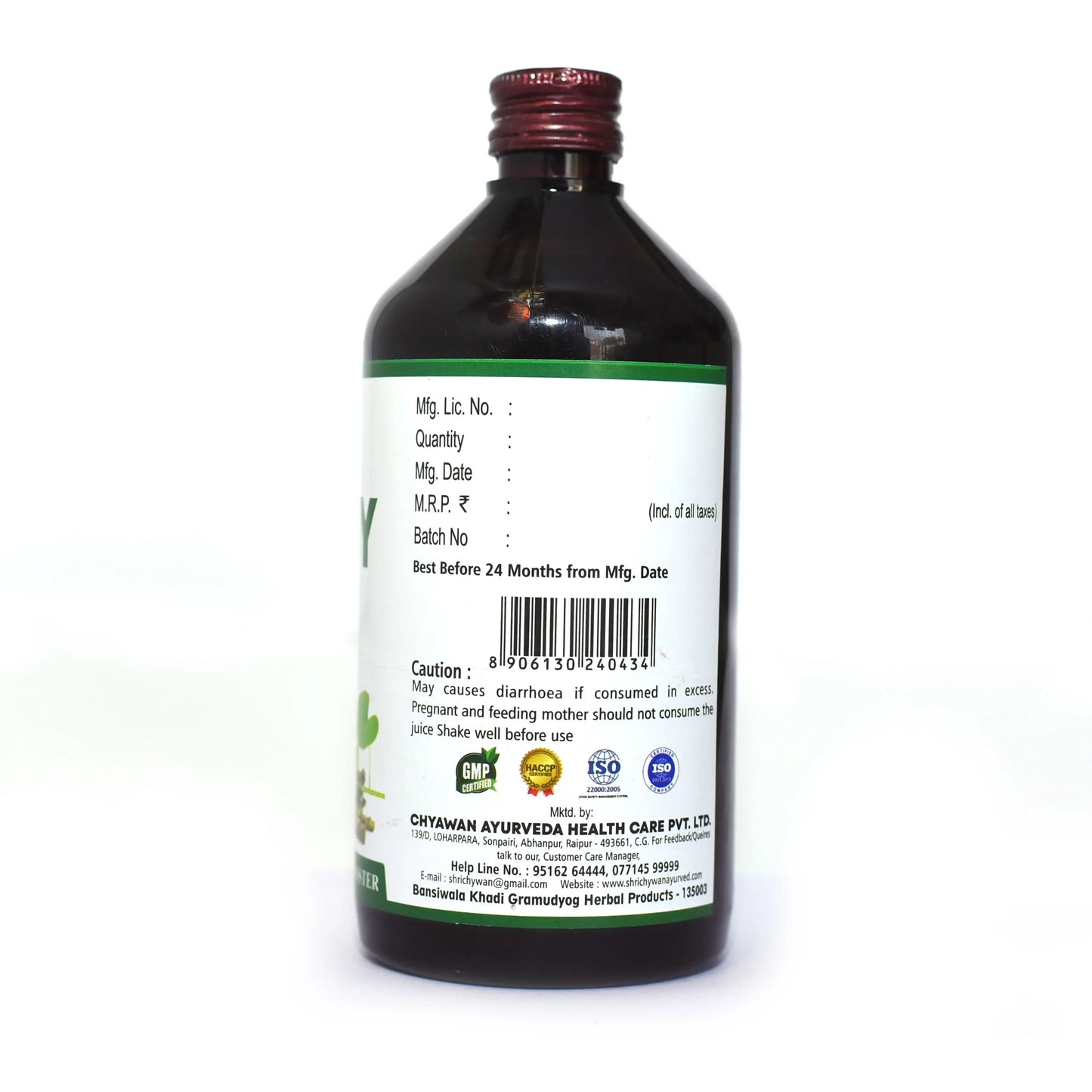Introduction
Overview of Asthma
Asthma is a chronic respiratory condition that causes inflammation and narrowing of the airways, leading to symptoms such as wheezing, breathlessness, chest tightness, and coughing. These symptoms can be triggered by various factors including allergens, irritants, and physical activity.
Importance of Understanding Asthma
Understanding asthma is vital for effective management and improved quality of life. It helps individuals recognize and avoid triggers, adhere to treatment plans, and prevent complications. Proper knowledge empowers patients and caregivers to manage the condition proactively and enhance overall well-being.
What is Asthma?
Definition and Basic Explanation
Asthma is a chronic inflammatory disease of the airways that leads to periodic episodes of wheezing, breathlessness, chest tightness, and coughing. This condition results from the airways becoming inflamed, narrow, and obstructed due to excess mucus and muscle contraction.
Causes of Asthma
The exact cause of asthma is not fully understood, but it involves a combination of genetic and environmental factors. Key contributors include:
- Genetics: Family history of asthma or allergies.
- Environmental Factors: Exposure to allergens (like pollen, dust mites, and pet dander), irritants (like smoke and pollution), and respiratory infections.
Types of Asthma
How Asthma Affects the Airways
In asthma, the airways become inflamed and swollen, making them highly sensitive to various triggers. This inflammation leads to:
- Constriction of Airway Muscles: The muscles around the airways tighten, narrowing the airways.
- Increased Mucus Production: Excess mucus further obstructs airflow.
- Airway Hyperreactivity: The airways become overly sensitive to triggers, leading to frequent asthma attacks.
Common Symptoms of Asthma
- Wheezing (a high-pitched whistling sound when breathing)
- Shortness of breath
- Chest tightness
- Persistent coughing, especially at night or early morning
Risk Factors and Triggers
- Genetic Factors: Family history of asthma or allergies.
- Environmental Factors: Exposure to tobacco smoke, air pollution, allergens, or respiratory infections.
- Lifestyle Factors: Physical activity, especially in cold or dry air, and high-stress levels.
Diagnosing Asthma
How Asthma is Diagnosed
Diagnosing asthma involves a combination of medical history, physical examination, and diagnostic tests. The goal is to confirm the presence of asthma, determine its severity, and rule out other conditions with similar symptoms.
Common Diagnostic Tests
- Description: A lung function test that measures the amount of air you can exhale after taking a deep breath and how quickly you can do it.
- Purpose: Helps determine if your airways are obstructed and evaluates the extent of airway narrowing. A significant improvement in airflow after using a bronchodilator supports an asthma diagnosis.
- Description: Measures how fast you can exhale air using a peak flow meter.
- Purpose: Monitors daily variations in airflow, helps in tracking asthma control, and can identify worsening asthma before symptoms become severe.
- Description: Includes skin tests or blood tests to identify specific allergens that might trigger asthma symptoms.
- Purpose: Helps to determine if allergens are contributing to your asthma and can guide treatment plans, including allergy management.
Differential Diagnosis
- Description: The process of distinguishing asthma from other conditions with similar symptoms.
- Purpose: Ensures an accurate diagnosis by ruling out other respiratory or health conditions that may cause wheezing, coughing, or breathlessness, such as chronic obstructive pulmonary disease (COPD), bronchitis, or gastroesophageal reflux disease (GERD).
A thorough evaluation involving these tests and assessments helps confirm an asthma diagnosis, guide treatment strategies, and manage symptoms effectively.
Living with Asthma
Day-to-Day Management
Effective day-to-day management of asthma involves a combination of medication adherence, lifestyle adjustments, and avoiding triggers:
- Medication Adherence: Follow your prescribed asthma medication regimen, including both long-term control medications (such as inhaled corticosteroids) and quick-relief inhalers for acute symptoms.
- Proper Inhaler Use: Ensure correct use of inhalers and other asthma devices to maximize their effectiveness.
- Action Plan: Develop and adhere to an asthma action plan, which outlines how to manage symptoms daily and how to respond during an asthma attack.
Understanding Asthma Severity and Control
- Severity Levels: Asthma severity can be classified as intermittent, mild persistent, moderate persistent, or severe persistent. Your healthcare provider will help determine your severity level based on symptoms and lung function.
- Control Measures: Regular assessment of asthma control involves monitoring symptom frequency, medication use, and the need for emergency care. Effective control is indicated by minimal symptoms, infrequent use of rescue medication, and stable peak flow readings.
Lifestyle and Environmental Modifications
- Avoid Triggers: Identify and avoid common asthma triggers, such as allergens (pollen, pet dander, mold) and irritants (smoke, strong odors).
- Indoor Air Quality: Maintain good indoor air quality by using air purifiers, keeping humidity levels low, and ensuring proper ventilation.
- Exercise: Engage in regular physical activity, but take precautions like warming up and using a bronchodilator if needed. Exercise can improve overall lung function and reduce asthma symptoms.
- Diet and Weight Management: Eat a balanced diet to support overall health and maintain a healthy weight, as obesity can exacerbate asthma symptoms.
Monitoring and Tracking Symptoms
- Daily Monitoring: Use a peak flow meter to track your lung function and identify early signs of worsening asthma. Record daily peak flow readings and symptoms.
- Symptom Diary: Keep a symptom diary to log asthma symptoms, medication use, and potential triggers. This information helps in adjusting treatment and understanding patterns.
- Regular Check-Ups: Schedule regular follow-ups with your healthcare provider to review asthma control, adjust medications, and address any concerns.
Living with asthma requires ongoing management and vigilance, but with the right strategies, individuals can maintain a good quality of life and effectively manage their condition.
What is the Best Treatment for Asthma?
Overview of Asthma Treatments
The best treatment for asthma involves a combination of medications and lifestyle modifications tailored to individual needs. The goal is to control symptoms, reduce inflammation, and prevent asthma attacks. Treatments can be categorized into medications, non-medication therapies, and lifestyle changes.
Medications for Asthma
- Purpose: Provide rapid relief from acute asthma symptoms and asthma attacks.
- Examples: Short-acting beta agonists (SABAs) like albuterol. These medications work quickly to open the airways and improve airflow.
- Purpose: Reduce airway inflammation and prevent asthma symptoms from occurring.
- Types:
- Inhaled Corticosteroids: The most effective long-term control medications for reducing airway inflammation (e.g., fluticasone, budesonide).
- Long-Acting Beta Agonists (LABAs): Help to keep the airways open over a longer period (e.g., salmeterol, formoterol). These are usually combined with inhaled corticosteroids.
- Leukotriene Modifiers: Reduce inflammation and mucus production by blocking leukotrienes, which are chemicals involved in asthma inflammation (e.g., montelukast).
- Combination Inhalers: Contain both an inhaled corticosteroid and a LABA to manage inflammation and maintain open airways (e.g., Advair, Symbicort).
Non-Medication Treatments
- Purpose: Identify and manage allergens that may trigger asthma symptoms.
- Approaches: Allergy testing, avoiding known allergens, and possibly allergy medications or immunotherapy.
- Purpose: Improve lung function and breathing control.
- Examples: Techniques such as diaphragmatic breathing, pursed-lip breathing, and the Buteyko method.
- Purpose: Strengthen respiratory muscles and improve overall lung function.
- Approaches: Guided exercises and techniques to enhance respiratory efficiency.
Alternative and Complementary Therapies
- Purpose: Some individuals explore herbal treatments for additional symptom relief.
- Examples: Herbs like ginger, turmeric, and licorice root. Always consult with a healthcare provider before starting herbal supplements.
- Purpose: May help some people with asthma by reducing inflammation and improving lung function.
- Approach: Involves inserting fine needles into specific points on the body.
Lifestyle and Home Remedies
- Purpose: Support overall health and potentially reduce inflammation.
- Approach: Eat a balanced diet rich in fruits, vegetables, and omega-3 fatty acids, while avoiding foods that may trigger symptoms.
- Purpose: Improve lung function and reduce asthma symptoms.
- Approach: Engage in regular, moderate exercise. Use inhalers as needed before exercise and avoid outdoor exercise during high pollen or pollution levels.
- Purpose: Minimize exposure to factors that can worsen asthma symptoms.
- Approach: Identify and avoid common triggers such as tobacco smoke, strong odors, and allergens.
Combining medication with lifestyle modifications and non-medication therapies provides a comprehensive approach to managing asthma effectively. Regular follow-ups with a healthcare provider are essential to adjust treatment plans and ensure optimal control of the condition.
Asthma Management Plan
Developing an Asthma Action Plan
An Asthma Action Plan is a personalized document designed to help individuals manage their asthma effectively. It includes:
- Medication Instructions: Details on when and how to use daily medications and quick-relief inhalers.
- Symptom Monitoring: Guidelines for tracking asthma symptoms and peak flow measurements.
- Action Steps for Different Zones:
- Green Zone (Well-Controlled): Instructions for maintaining current medication and managing routine activities.
- Yellow Zone (Caution): Actions to take when symptoms worsen, such as increasing medication or avoiding triggers.
- Red Zone (Emergency): Immediate steps to take if symptoms are severe or unresponsive to medication, including seeking emergency medical help.
Importance of Regular Follow-Up
Regular follow-up with a healthcare provider is crucial for:
- Monitoring Control: Assessing asthma control and adjusting medications as needed.
- Reviewing Medication Use: Ensuring proper use of inhalers and adherence to the prescribed regimen.
- Addressing Concerns: Discussing any new symptoms, side effects, or challenges in managing asthma.
- Updating the Action Plan: Modifying the Asthma Action Plan based on changes in symptoms or treatment effectiveness.
When to Seek Emergency Help
Seek emergency medical help if:
- Severe Symptoms: You experience intense breathlessness, chest tightness, or wheezing that does not improve with medication.
- Inadequate Response: Your quick-relief inhaler is not providing relief or if you need it more frequently than usual.
- Deterioration in Peak Flow: Peak flow readings fall into the red zone despite following the action plan.
- Signs of Respiratory Distress: Symptoms include difficulty speaking, bluish lips or face, or if you are unable to complete sentences due to shortness of breath.
An effective asthma management plan, regular follow-ups, and knowing when to seek emergency help are essential for maintaining good asthma control and preventing serious complications.
Future Directions in Asthma Treatment
Recent Advances in Asthma Research
Recent advances in asthma research are paving the way for more effective and personalized treatments. Key developments include:
- Biologic Therapies: Research into biologic drugs is focusing on targeting specific molecules involved in asthma inflammation. Drugs like omalizumab (Xolair) and mepolizumab (Nucala) are already in use, and new biologics are being developed to target different inflammatory pathways.
- Precision Medicine: Advances in genomics and personalized medicine are allowing for tailored asthma treatments based on individual genetic profiles and specific asthma subtypes. This approach aims to improve treatment efficacy and minimize side effects.
- Understanding Asthma Mechanisms: Ongoing research into the cellular and molecular mechanisms of asthma is enhancing our understanding of how asthma develops and progresses. This includes studying the role of airway remodeling, immune system dysfunction, and the impact of environmental factors.
Emerging Treatments and Technologies
- New Targets: Researchers are exploring biologics that target different aspects of the immune response, such as interleukins and eosinophils, which play roles in severe asthma.
- Personalized Biologic Therapy: Development of biologics that cater to specific asthma phenotypes, improving targeting and effectiveness.
- Smart Inhalers: Inhalers with built-in sensors that track medication usage and provide real-time feedback on adherence and technique.
- Mobile Apps and Wearables: Devices and apps that monitor symptoms, peak flow measurements, and environmental triggers, providing actionable insights and alerts.
- Experimental Treatments: Research into gene therapy aims to modify genetic material to correct or alter the expression of genes involved in asthma, potentially offering long-term solutions.
- Stem Cell Therapy: Investigating the use of stem cells to repair or regenerate damaged airway tissues and reduce inflammation.
- Tissue Engineering: Developing new methods to regenerate healthy airway tissues and reverse airway remodeling.
- Inhaled Nanoparticles: Using nanotechnology to deliver drugs more efficiently to the lungs, improving drug absorption and reducing side effects.
- Targeted Drug Delivery: Innovations in drug delivery systems that enhance the precision of medication administration.
These advancements are expected to significantly impact asthma treatment, offering new options for managing the condition and improving the quality of life for individuals with asthma. Ongoing research and clinical trials will continue to refine these approaches and integrate them into standard care practices.
Shri Chyawan’s Ayurvedic Solution
Asthma Care Kit: Asthma is a condition in which a person's airways become inflamed, narrow and swell and produce extra mucus, which makes it difficult to breathe. Asthma can be minor or it can interfere with daily activities and requires to be treated with ayurvedic medicine for Asthma. In some cases, it may lead to a life-threatening attack. Shri Chyawan Ayurveda's has carefully formulated purely herbal and effective best ayurvedic treatment for Asthma - Asthma Care Kit.
Asthma Care Kit includes:
1. Asthma Care Capsule: It is used for mainly in asthma, asthma congestion in the chest and phlegm formation, allergies TB, panacea on diseases, etc.Ingredients: It consists of Shudh vatsnabh, Talispatra, Vanshlochan, Sunthi, Kajjli.
How to use: Consume 1 capsule, three times day.
2. Asthma Care Syrup: It is very beneficial in cough, allergy and asthma like Bronchial diseases.
Ingredients: It consists of Amba Haldi, Black Pepper, Sunth, Choti Pipal, Adusi, Choti Kateri, Kulinjan.
How to use: One tea spoon full, four times a day with warm water.
3. Giloy Ras: It is helpful in all kinds of flu, fever and blood purifier. It also improves physical, mental health and develops immunity.
Ingredients: It mainly consists of Giloy Ras.
How to use: For children: Half to 1 teaspoon (5 to 10ml)
For adult: 1 to 2 teaspoon (10 to 20ml), thrice a day
4. Panch Tulsi Drops: It's a natural immunity booster, also helps in dengue fever, diabetes, asthma, BP, Allergy, Swine flu, Cold, Fever, Blood Purification.
Ingredients: It consists of Tulsi leaves extract/juice.
How to use: Consume 1-2 drops in a cup of tea/coffee/ warm water, twice a day.
Conclusion
Summary of Key Points
Asthma is a chronic respiratory condition that affects millions of people globally, characterized by inflammation and narrowing of the airways, leading to symptoms such as wheezing, breathlessness, chest tightness, and coughing. Understanding the types of asthma, including allergic, non-allergic, exercise-induced, and occupational asthma, is crucial for effective management. Diagnosis involves a combination of medical history, physical examination, and diagnostic tests such as spirometry and peak flow monitoring.
Effective asthma management includes both medication and lifestyle modifications. Medications are categorized into quick-relief (rescue) and long-term control types, with options ranging from inhaled corticosteroids to biologics. Non-medication treatments like allergy management, breathing exercises, and physical therapy can complement medication. Lifestyle changes, including diet, exercise, and trigger avoidance, play a vital role in controlling asthma.
Developing a personalized Asthma Action Plan is essential for managing daily symptoms and knowing when to seek emergency care. Regular follow-up with healthcare providers ensures effective monitoring and adjustment of treatment plans.
Encouragement for Asthma Management and Consultation
Living with asthma requires proactive management and vigilance. By understanding your condition and adhering to a comprehensive treatment plan, you can maintain good asthma control and enhance your quality of life. It is essential to work closely with your healthcare provider to tailor treatments to your specific needs, stay informed about new advancements, and make necessary adjustments to your management plan.
Don't hesitate to seek professional help if you experience worsening symptoms or have concerns about your asthma. Regular consultations with your healthcare provider will help you stay on track with your asthma management and adapt to any changes in your condition. Remember, effective asthma management is a partnership between you and your healthcare team, aimed at achieving optimal control and preventing complications.
Taking these steps will empower you to manage asthma effectively, reduce the impact on your daily life, and ensure a healthier, more active lifestyle.





